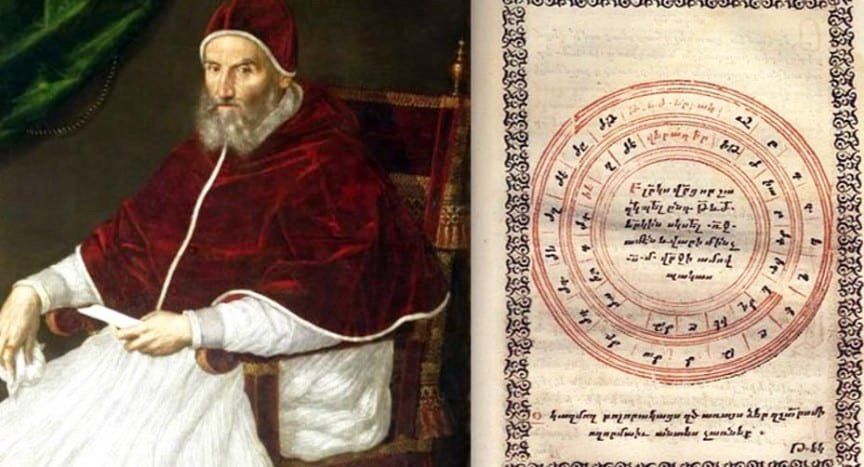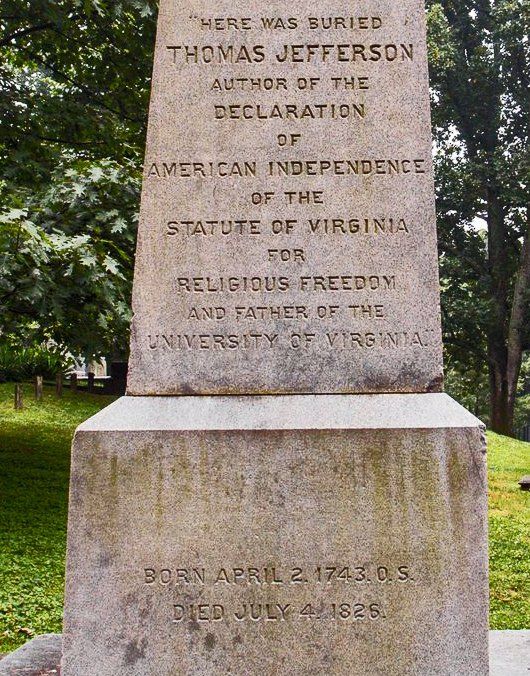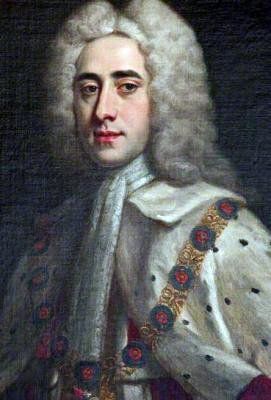What Day is It?
A Heroic Story about the Calendar
Pranks and sneakiness define April Fool’s Day. While its origin is shrouded in mystery, the tradition has been going on for centuries. In the past, the spring equinox signified the beginning of a new year. Cultures celebrated in week-long festivals at the end of March. Some speculate that in 46AD April Fool’s Day was accidentally promoted by Julius Caesar when he realigned the old Roman Calendar into the Julian. This moved the New Year from March 25th to January 1st. Those that continued in the old tradition were made out to be “fools”.
Unfortunately, the Julian Calendar was flawed. It added a day every three years, which in the beginning was inconsequential. However, European countries continued to use it for 1600 years.
Eventually, the additional days meant the calendar no longer synchronized with the astronomical seasons. This affected Easter’s placement. Enter Pope Gregory XIII who commissioned a new calendar in 1582. It only added a day if the year was divisible by four. To compensate for the Julian drift, eleven days were added in October of 1582. This meant the church’s calculation of Easter would once again be in correct alignment with the spring equinox.
However, with the Reformation boiling over, Protestants viewed this calendar as a “Catholic Plot”. Consequently, Protestant countries resisted the conversion for over 200 years. Since during this period, the Julian and Gregorian calendars were being used simultaneously, correspondence between countries are often ambiguous. Dual dates often appeared on documents and some monuments signifying OS (Old Style) or NS (New Style). Eventually this proved to be disruptive, especially in commerce.
"Orthodox countries were even more resistant taking the next few centuries to finally embrace the new system. Greece was the last Christian Orthodox country to do so in 1923. Even so, national churches in Orthodox countries have never fully accepted Pope Gregory’s reforms. Still the calendar is now used all over the world and also carries secular references such as “Common Era”.(1)
Enter the hero of our story, Philip Stanhop, 4th Earl of Chesterfield, our town’s namesake. He greatly distinguished himself during the British Parliamentary debates which resulted in “The Calendar (New Style) Act of 1750”, aka “The Chesterfield Act”.
It had two parts, first establishing the new legal year to begin on January 1st instead of March 25, which was the date traditionally used to change the year’s number. And secondly, it declared the British Realm and its possessions would adopt the Gregorian calendar.
To enact it, the year 1751 was extended from Jan 1 past Dec 31 to the following March 25th (449 days). Consequentially, 1752 was only 72 days long, as both Jan 1 – March 25 and Sept 2-13 were deleted. (Some think changing from EST to EDT is difficult) But thanks to the Earl of Chesterfield, we are on the same date and page of the calendar as most of the world.
Whether Gov. B Wentworth personally knew the Earl of Chesterfield is unknown but it is very unlikely. However, he often named new townships after famous contemporaries in order to gain favor in London. If you would like to learn more about the life and accomplishments of the 4th Earl or Chesterfield, additional information can be found on this website under Notable Chesterfield Citizens.




